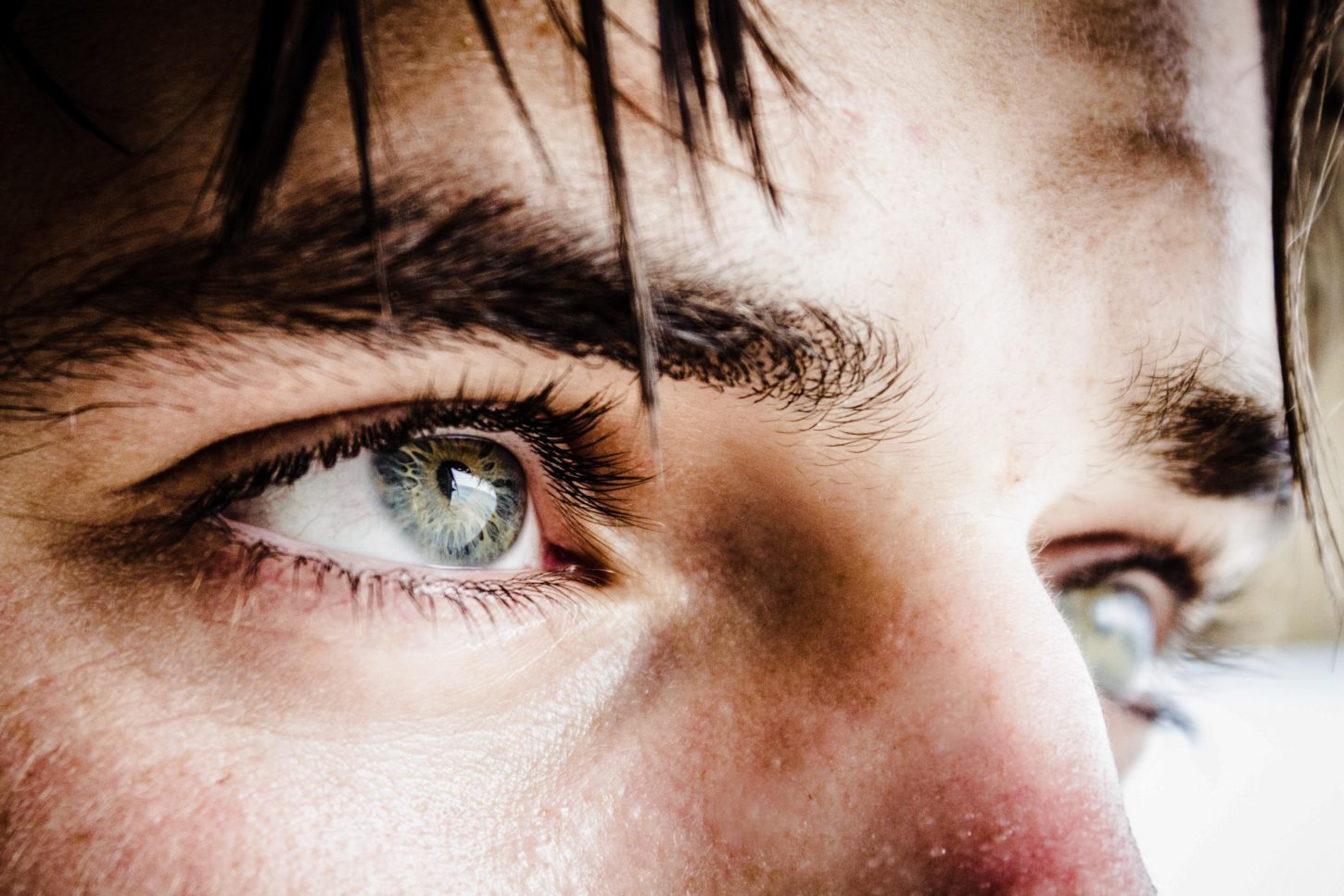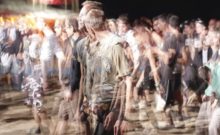Could it be that what we believe, is what we see? Our minds are conditioned to make associations. It’s how we piece things together so that they make sense to us. Rather than sense with our senses in the here and now, we make sense of things by accessing past information that reminds us or relates to whatever the moment presents, so, realistically, what is it we see when we look out there? Are we in the present moment or are we in the past?
When we see a man with long white hair and a long white beard, do we see a wise old man, a magician, a homeless person or someone who needs a shave and a haircut?
Is a slim woman who walks tall, sits with an upright back and holds her head up high conceited, arrogant, vain or confident?
And what of a rotund teenager with piercings in her nose and tongue, who wears tight fitting miniskirts and boasts several large tattoos? Is she an artist, an attention seeker, or you tell me?
This is what a mindless mind does – it sees, generalises, associates, labels and categorises and it does so quite self-righteously. Only then is it satisfied. A mindless mind that finds no association must make an assumption, for it must conjure something to be fulfilled, and how effortless it is to turn an assumption into an accusation. How can the mind determine truth from falsehood? Is it capable of doing so?
These are questions that arise during mindfulness practice as one gradually begins to witness the mind doing what it naturally does, all day long. Every association, every label and category is yet another opague layer in front of our eyes, concealing what truly is.
A mindful mind simply sees.

















